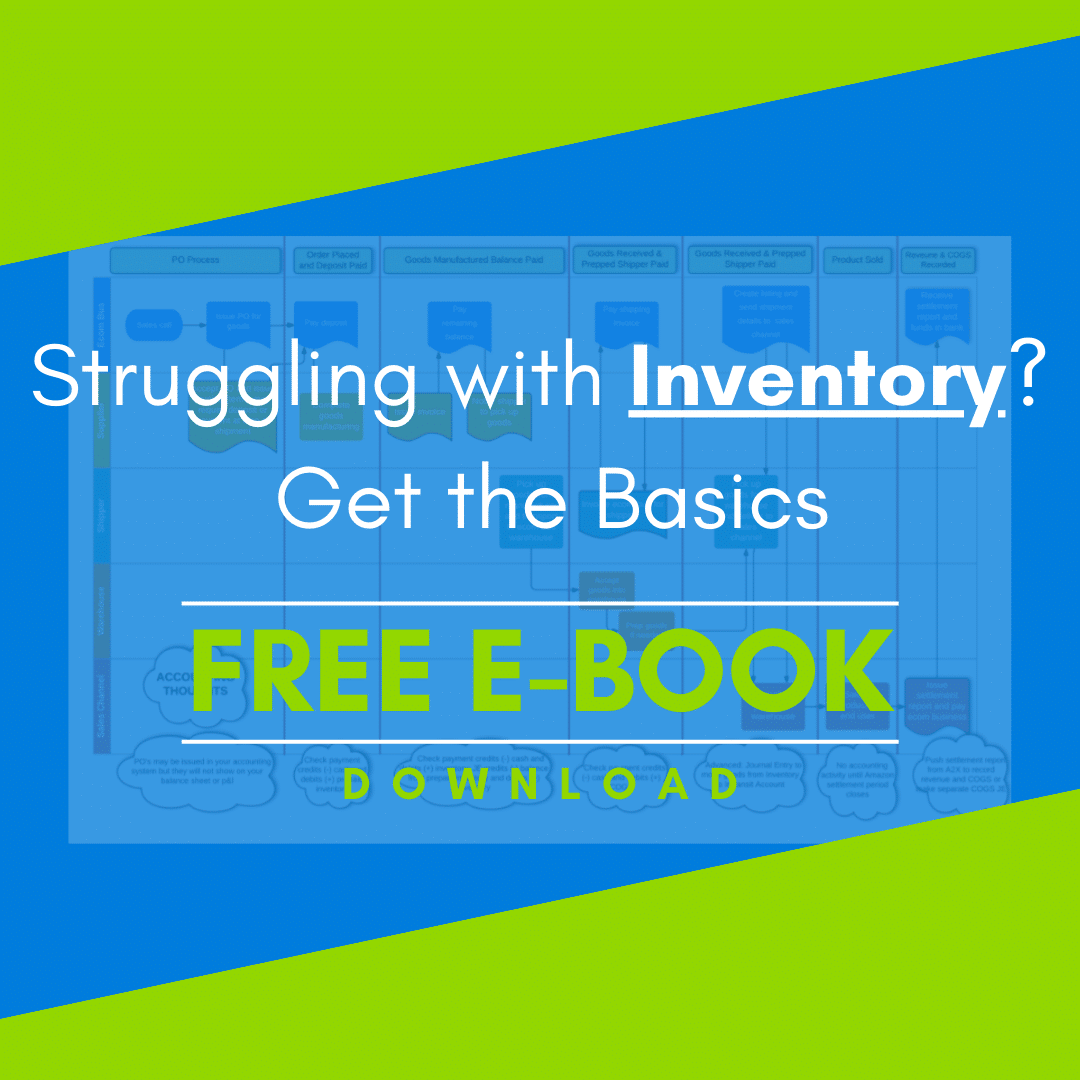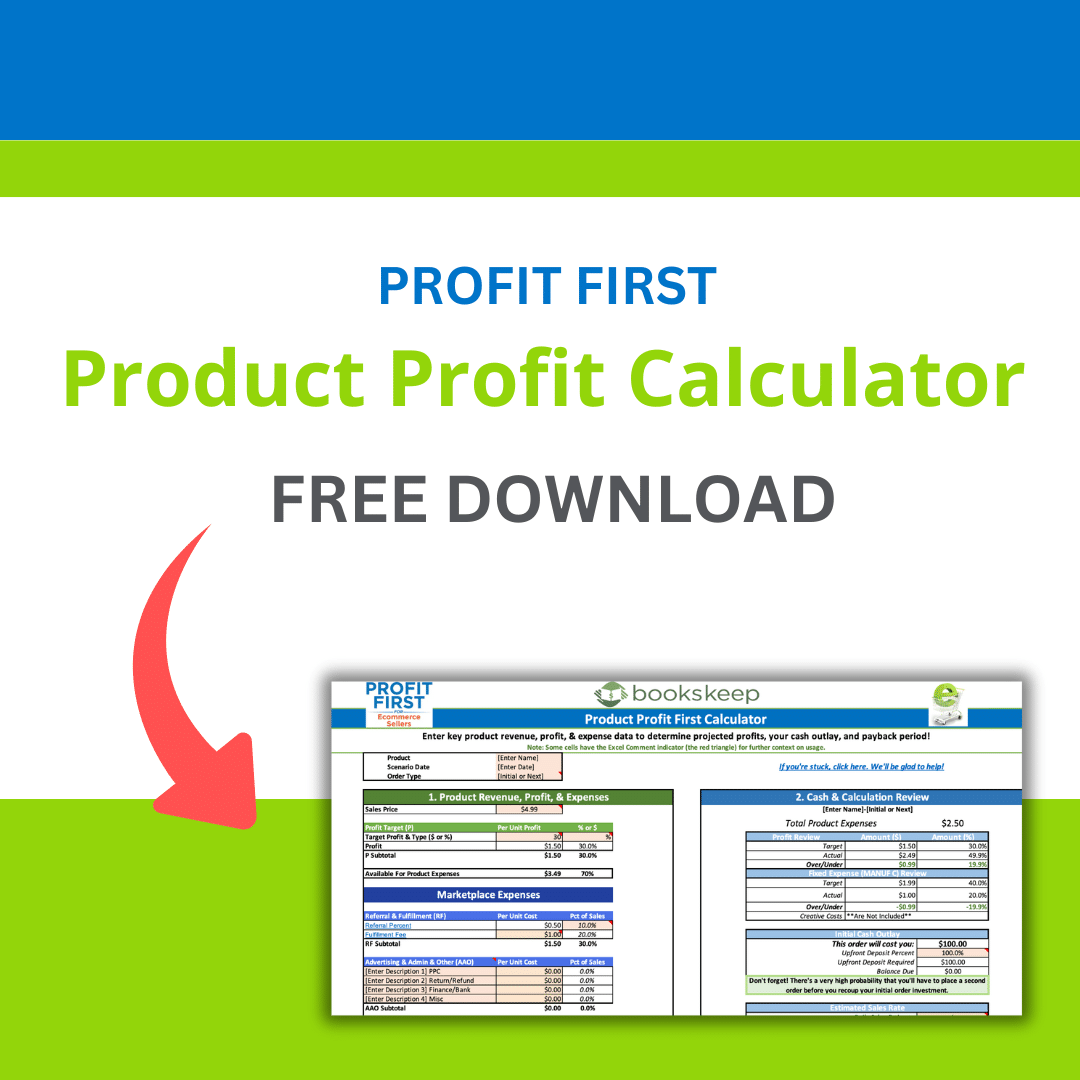
It’s hard to believe that it’s already the last week of Q3 for 2023, and yet, here we are! If you haven’t conducted an inventory true-up yet this year, I encourage you to take this essential step before the calendar officially begins Q4 and the rush begins. Failing to keep an eye on your inventory account while consistently booking Cost of Goods Sold (COGS) throughout the year might mean overlooking significant financial activity that could impact your bottom line.
In fact, a client of mine had discussed with me that they didn’t pay attention to their inventory until early January, and when they finally did, they had to write off a staggering $80,000 worth of inventory. This single adjustment turned their seemingly profitable year into a loss. Don’t wait until it’s too late; invest your time now in understanding your inventory to maximize your sales potential for the remainder of the year.
What Exactly is a True Up?
Even if you diligently record monthly journal entries based on the cost of units sold, occasional inventory discrepancies can still rear their heads. These discrepancies may arise from various reasons, such as damaged goods, theft, or lost inventory that must be written off. Additionally, you may have items that have expired and are now being donated.
Regardless of the circumstances, it’s crucial to periodically evaluate the actual value of your on-hand inventory. One effective practice is to conduct a physical count of your warehouse and cross-reference it with the count from platforms like Amazon.
To reconcile your inventory, assign unit costs to each SKU based on the physical count. The sum of these values should ideally match the figure in your Inventory Account on the Balance Sheet. Timing is critical; conducting the count right after recording your COGS entry is the best practice.
If you identify a discrepancy, you’ll need to make a true-up entry to align your Inventory Account with the physical count. You can record the offsetting entry in a separate COGS account specifically designated for true-ups, often referred to as “Inventory Adjustment.”
Consider Prepaid Items and Items In-Transit
When performing your true-up entry, if you discover a significant discrepancy, it’s crucial to investigate two specific areas: prepaid items and items in transit. These are instances where financial transactions have been recorded on your books, but the corresponding items might not yet be in your possession for inclusion in your physical inventory count.
For instance, a prepaid item could involve a down payment made to your manufacturer. In this scenario, you’ve already disbursed funds from your business, but there’s nothing physically present to count. An example of items in transit would be products for which you’ve paid the full balance, but they are in transit for a certain period—say, on a ship for 60 days or waiting to be accepted by Amazon at the end of the month. These items haven’t officially entered your inventory at the time of your month-end inventory/Cost of Goods Sold entry.
If your direct costs seem inexplicable when compared month by month with your sales, these issues might be contributing factors. By conducting true-ups, these discrepancies typically resolve themselves within a quarter. However, for a more sophisticated approach to accounting, you can create additional asset accounts on your balance sheet to hold these costs until the products are physically in your possession and can be counted, ensuring that your counts align with your financial records.
As you can see, inventory management has many nuances that can significantly impact your bottom line. You’re working hard to make your business support you, not the other way around. Allocating some time to ensure that your inventory management is optimized can translate into more money in your pocket.
If you need help or get stuck, try our Inventory Basics ebook, or you can reach out to the bookskeep Team today!




Leave a Comment